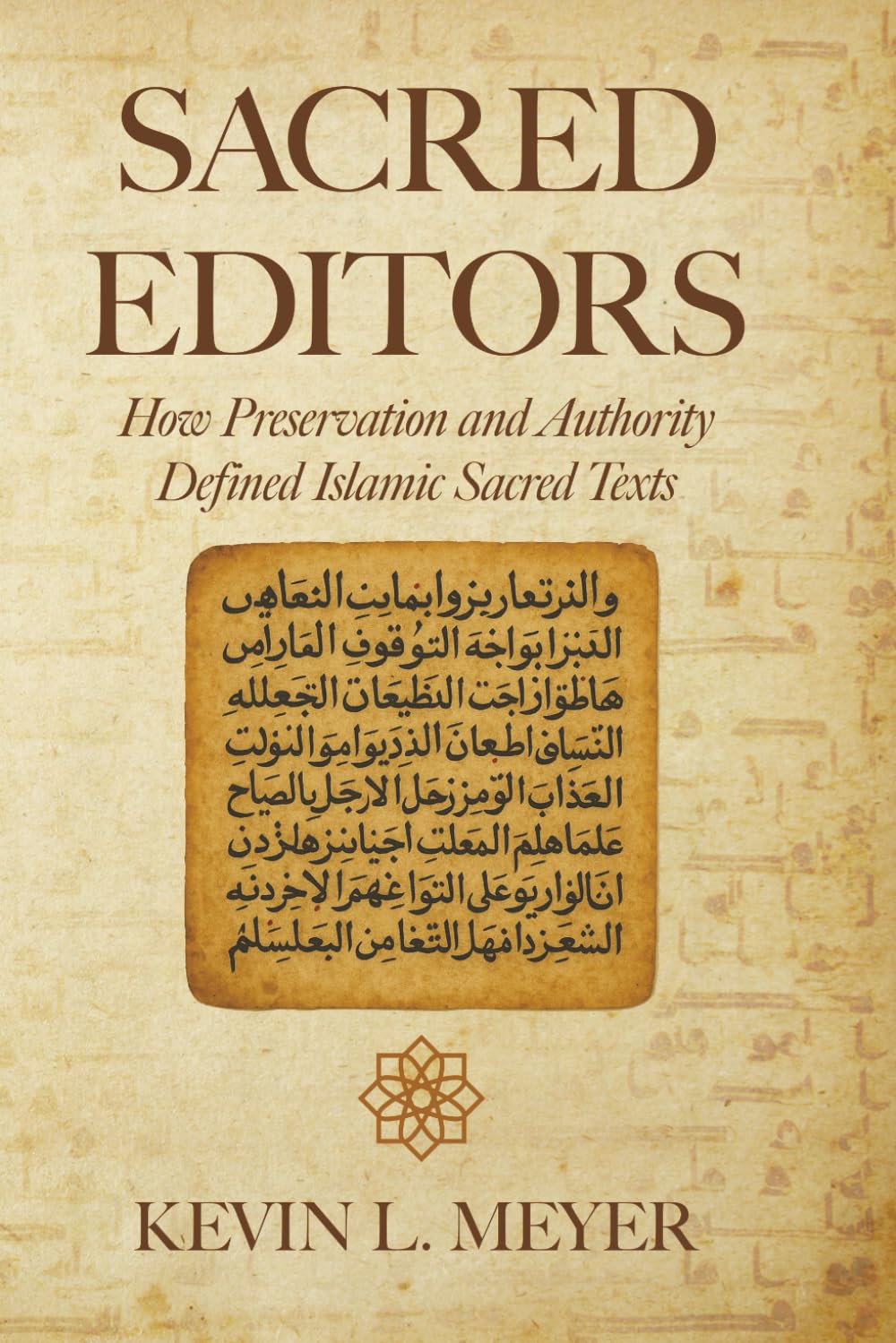Part III: Preserving the Unchangeable: Calligraphy, Commentary, and Codification

Once the Qur'an's text was established, a new creative tension emerged: how to preserve an unchanging divine word while making it accessible across cultures, languages, and centuries. This section uncovers the human artistry that shaped Qur'anic transmission—beautiful calligraphy that made scripture into visual theology, vast commentary traditions that unlocked layers of meaning, and the delicate negotiations around translation and standardization. From medieval scribes to the revolutionary Cairo edition of 1924, these chapters examine how the work of preservation became its own form of interpretation, ensuring that an eternal message could speak to each new generation.